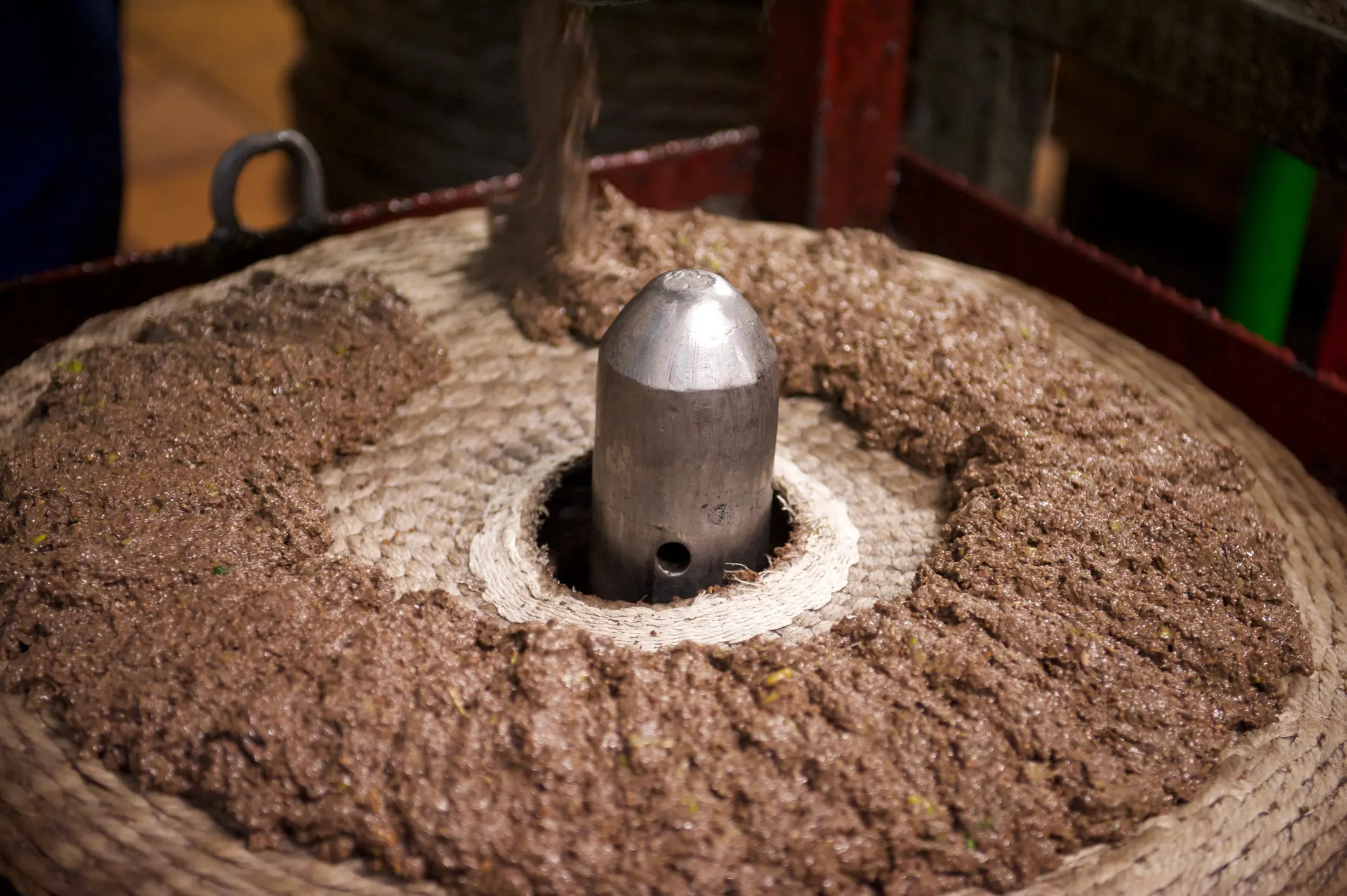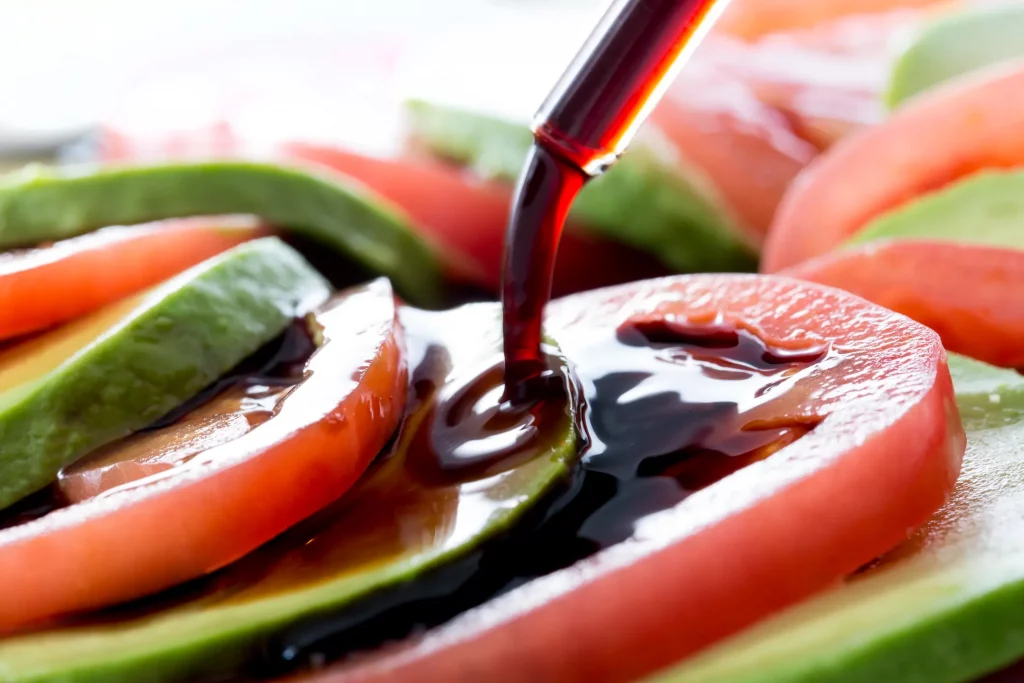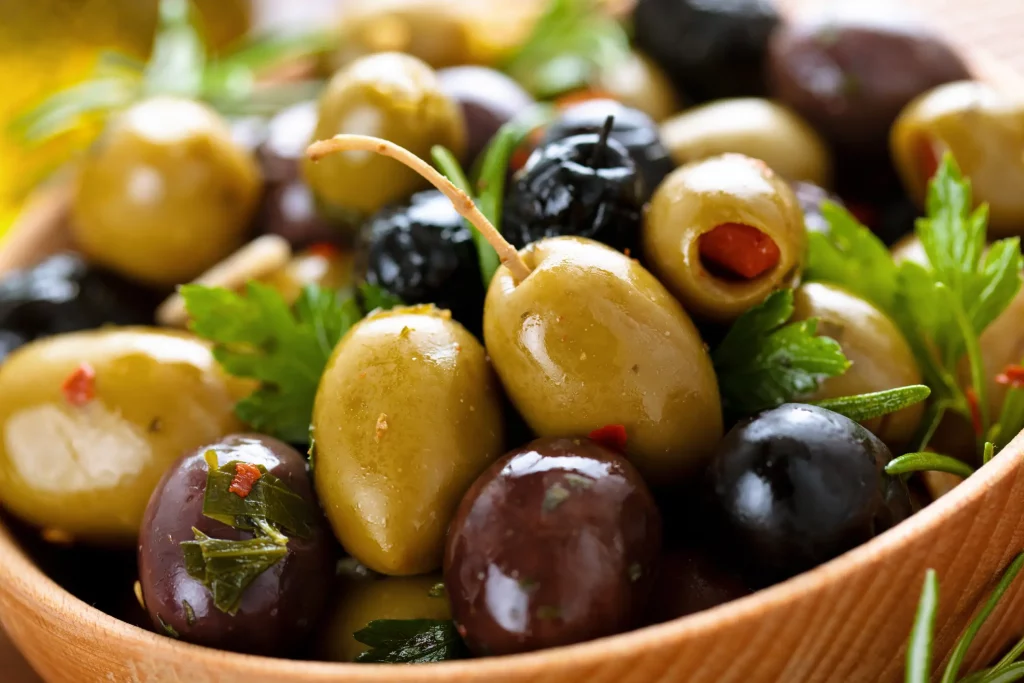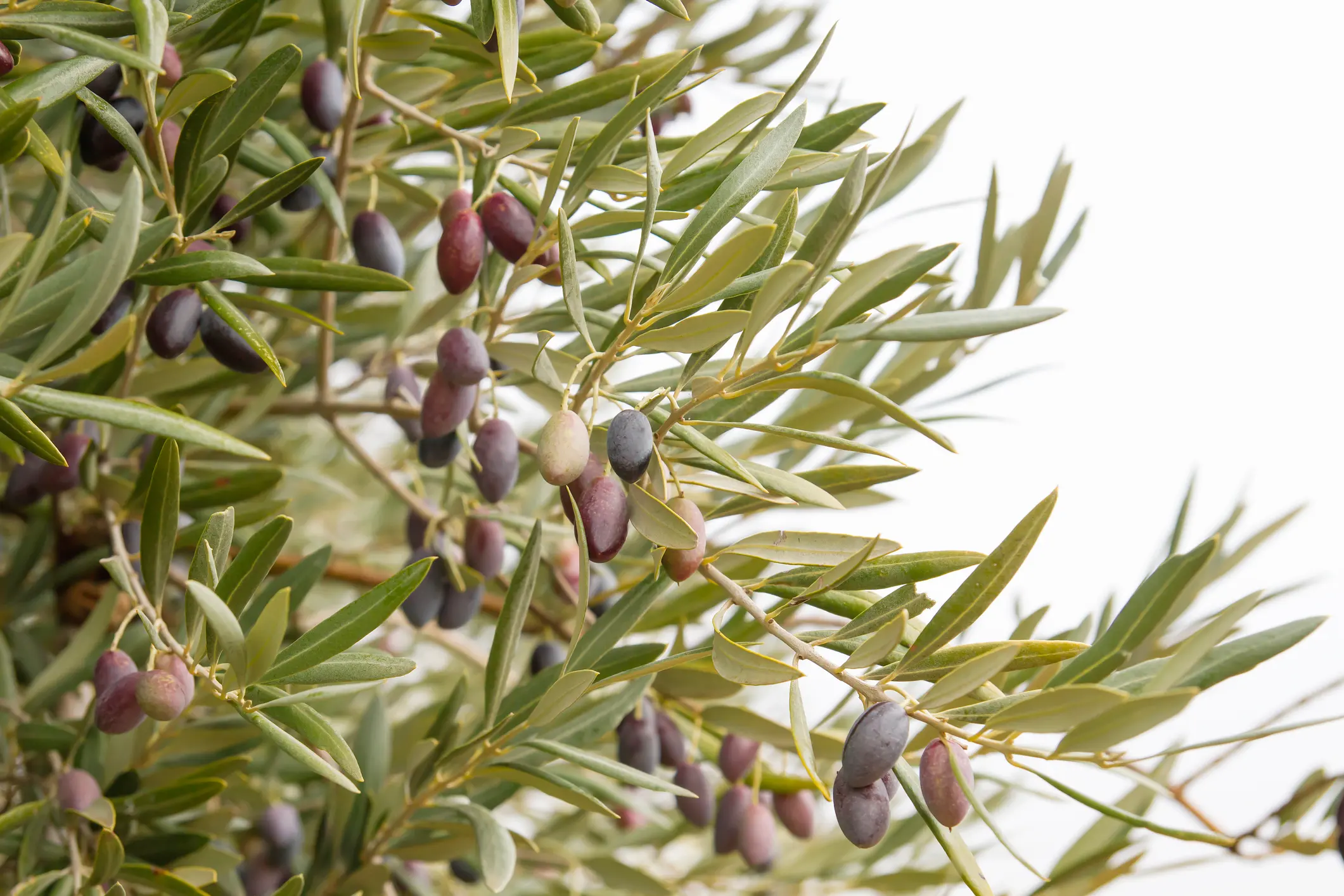There are several benefits to be obtained when cooking as a family. The most important of these is spending quality time together. What’s more, cooking with children is an opportunity for them to learn, explore and sharpen their senses with a variety of aromas and textures, which is essential for their development. And best of all, they have a great time! So, take note of these 5 easy and healthy recipes, which you will love.
Easy and healthy recipes
Remember that supervision is essential when cooking with children. Give them responsibility for tasks such as getting things ready, washing, measuring, mixing and kneading, while you do tasks that could be dangerous such as cutting, heating, putting things in the oven and taking them out.
1. Mini pizzas
• Mix 250g (9oz) flour, 15ml (1/2 fl oz) Extra Virgin Carbonell Olive Oil and a pinch of salt.
• Separately dissolve 12.5g (1/2 oz) yeast in 125ml (4 1/4 fl oz) warm water. Once dissolved, add it to the dough and mix well.
• Knead the mixture with your hands until you have an elastic dough, then let it sit at room temperature for 30 minutes to allow it to rise.
• After that time, stretch the dough with your rolling pin and use a glass to create the mini pizza bases.
• Add the tomato sauce, cheese, ham pieces and spinach to the dough in small circles.
• Bake at 200ºC (400 F) for 15 minutes, and it’s ready!
2. “Sushi” salad
This is one of the most original, easy and healthy recipes to encourage children to eat vegetables.
• Place a large pre-washed lettuce leaf on a plate.
• At one end, place strips of carrot, cucumber and smoked salmon – you can add more vegetables if you wish.
• Add a little cream cheese.
• Then, roll the lettuce with the ingredients inside, and cut it to look like sushi.
• Dress the rolls with a drizzle of Virgin Olive Oil and they’re ready!
3. Cheese sticks
• Cut some mozzarella cheese into sticks.
• Beat an egg in a bowl.
• Put some breadcrumbs on a separate plate and add a little oregano and parsley.
• Heat a good quantity of Extra Virgin Olive Oil in a frying pan.
• Roll the cheese sticks through the bread, then through the egg, then once again through the bread.
• Fry them until they look crispy.
• When you take the sticks out, place them on a paper towel to absorb any excess oil. You’re all sure to love this easy and healthy recipe!
4. Omelet with vegetables
• Break two eggs and place them in an airtight bag.
• Add some chopped vegetables of your choice.
• Add a drizzle of Extra Virgin Olive Oil, a little salt, and pepper.
• Seal the bag closed and shake it so that all the ingredients are mixed well.
• Place the bag in a saucepan with boiling water for 12 minutes.
• Take the bag out, being careful so as not to burn yourself.
5. Tea-time cookies
• Mix 300g (10 oz) wheat flour, 2 teaspoons baking powder, 1/2 teaspoon salt and 100g (3 1/2 oz) sugar.
• In a separate bowl, mix 100ml (3 1/2 fl oz) milk, 50ml (1 3/4 fl oz) Olive Oil and 1 teaspoon of vanilla extract.
• Put both mixtures together and knead them until you are left with a uniform dough.
• Add 100g (3 1/2 oz) dark chocolate chips and 70g (2 1/2 oz) chopped nuts.
• Knead the mixture well, make small balls and place them on a baking tray.
• Place them in a preheated oven at 180ºC (350 F) for 10 minutes. Remember to let them cool before taking a bite!
These easy and healthy recipes with Carbonell Extra Virgin Olive Oil are fantastic for a family day. It is hugely satisfying to see how children are entertained and get involved with cooking, concentrating on the various tasks, and smiling when they see the results. Oh, and don’t forget to have the camera to hand!







